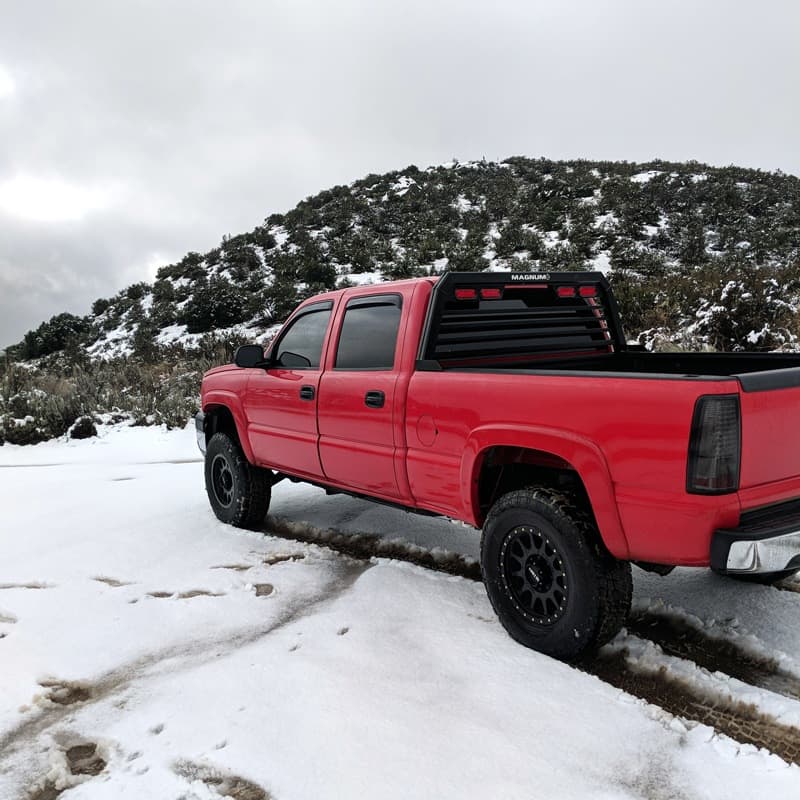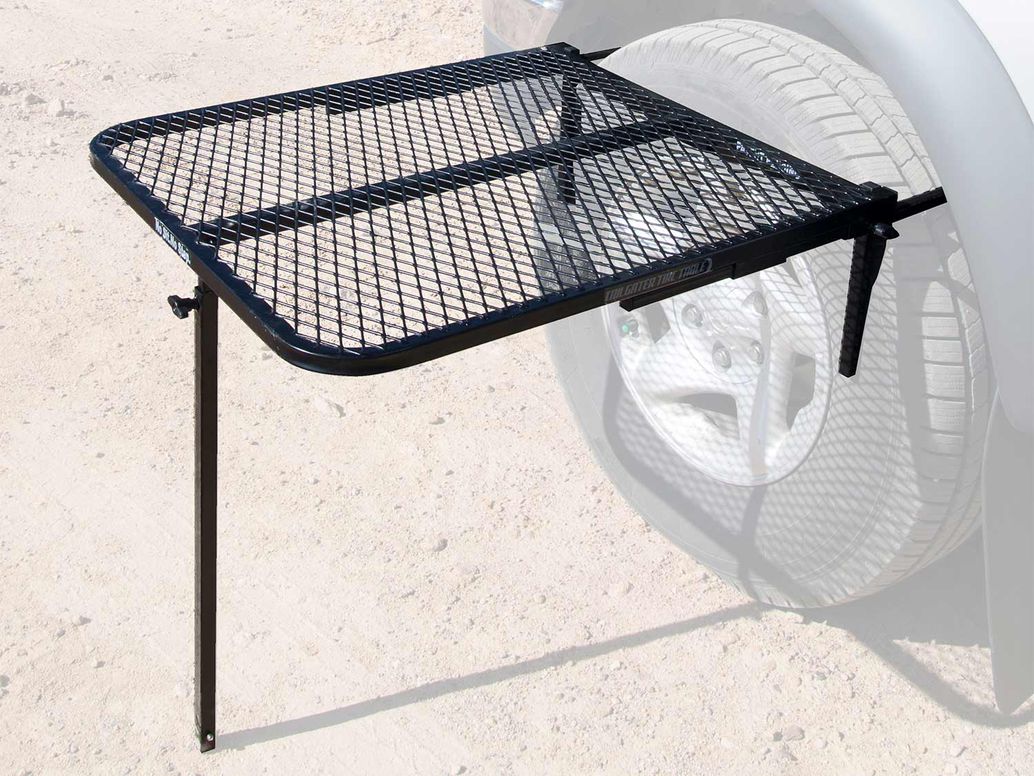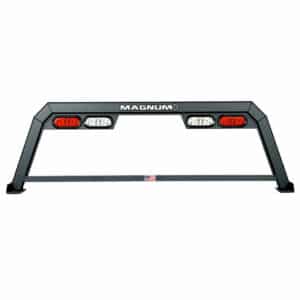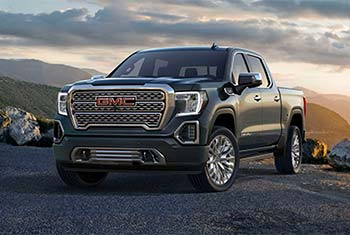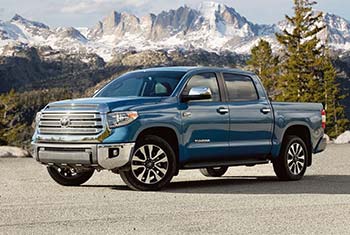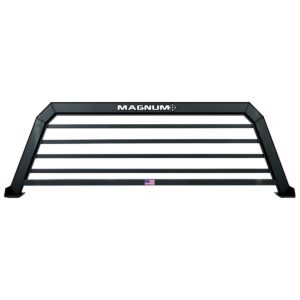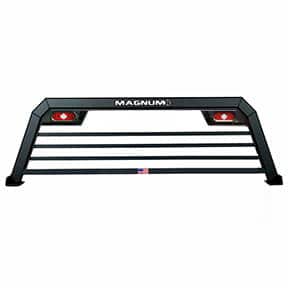In the world of aftermarket customizations, there’s nothing quite like fresh tint for your truck. While it might not seem like a big deal, failing to follow your local tint laws can result in costly fines and tickets. After all, if you’re gonna get a ticket, it might as well be for something more worthwhile, right? But before you commit to a tint upgrade, you should understand what laws apply in your state. Let’s look at what tint laws are and the 2021 window tint laws by state.
Why Tint Your Windows?
Think tint is only a decorative upgrade? Think again. Tinted windows help keep your interiors as good as new. As the sun beats down on your vehicle day after day, your interior plastics are completely exposed to harmful UV rays. This constant UV exposure will accelerate the degradation and decoloring of the plastics in your vehicle interior.
Ever sat down on a scalding leather seat or burnt your hand on a scorching seatbelt fastener? Sounds like tint might be just the thing you need. Tint also helps to keep your vehicle cooler when you’re not using it. Blocking out the sun’s rays isn’t just a matter of keeping your vehicle interior looking brand new, it also helps keep it just a little bit cooler.
Tinting your windows also adds another level of security and privacy to your vehicle. Oftentimes, thieves will target vehicles without tint. Why? Because it’s easier for them to see what’s inside. While it isn’t generally recommended to leave your valuables in plain sight, it happens sometimes. Tint can help keep your vehicle safe by obscuring the interior of your vehicle from plain sight.
What are Tint Laws?
Tint laws are put into effect by local governments as a way of regulating the opacity of your tint. These laws are primarily safety oriented. If you’ve ever been in a vehicle with crazy dark tint on it, then you know that it can really kill your visibility in low-light situations (i.e., night driving).

The opacity of tint determines how much light is allowed through. This opacity is called the Visible Light Transmission – a.k.a. VLT. The VLT of a certain tint is expressed in a percentage (%). This percentage number represents what percentage of visible light that the tint allows through. The higher the percentage, the lighter your tint will be.
Each state regulates what the VLT of your tint can be, depending on which window you place it on. Generally, most states require a higher VLT on your front windows and windshield. Local laws will also regulate where you can place your tint, specifically when it comes to tinting your windshield.
2021 Tint Laws by State
Wading through tint laws can be messy (and time-consuming). That’s why we rounded up the latest updates on 2021 tint laws by state. However, keep in mind that this list is ever-changing. When in doubt, consult your local laws for the most current updates to ensure you meet all applicable tint laws in your local area.
| State | Front Sidelights | Back Sidelights | Rear Windshield | Windshield |
| Alabama | 32% | 32% | 32% | 6″ |
| Alaska | 70% | 40% | 40% | 5″ |
| Arizona | 33% | N/A | N/A | AS-1 |
| Arkansas | 25% | 25% | 10% | 5″ |
| California | 70% | N/A | N/A | 4″ |
| Colorado | 27% | 27% | 27% | 4″ |
| Connecticut | 35% | 35% | N/A | AS-1 (non-reflective only) |
| Delaware | 70% | N/A | N/A | AS-1 (non-reflective only) |
| Florida | 28% | 15% | 15% | AS-1 (non-reflective only) |
| Georgia | 32% | 32% | 32% | 6″ |
| Hawaii | 35% | 35% | 35% | None, >70% |
| Idaho | 35% | 20% | 35% | AS-1 |
| Illinois | 35% | 35% | 35% | 6″ |
| Indiana | 30% | 30% | 30% | AS-1 |
| Iowa | 70% | N/A | N/A | AS-1 |
| Kansas | 35% | 35% | 35% | AS-1 |
| Kentucky | 35% | 18% | 18% | AS-1 |
| Louisiana | 40% | 25% | 12% | AS-1 |
| Maine | 35% | N/A | N/A | 4″ |
| Maryland | 35% | 35% | 35% | 5″ |
| Massachusetts | 35% | 35% | 35% | 6″ |
| Michigan | N/A | N/A | N/A | 4″ |
| Minnesota | 50% | 50% | 50% | None Allowed |
| Mississippi | 28% | 28% | 28% | AS-1 |
| Missouri | 35% | N/A | N/A | AS-1 |
| Montana | 24% | 14% | 14% | AS-1 |
| Nebraska | 35% | 20% | 20% | 5″ or AS-1 |
| Nevada | 35% | N/A | N/A | AS-1 |
| New Hampshire | None Allowed | 35% | 35% | 6″ |
| New Jersey | None Allowed | N/A | N/A | None Allowed |
| New Mexico | 20% | 20% | 20% | 5″ or AS-1 |
| New York | 70% | 70% | N/A | 6″ |
| North Carolina | 35% | 35% | 35% | AS-1 |
| North Dakota | 50% | N/A | N/A | >70% |
| Ohio | 50% | N/A | N/A | >70% |
| Oklahoma | 25% | 25% | 25% | 5″ or AS-1 |
| Oregon | 35% | 35% | 35% | 6″ |
| Pennsylvania | 70% | 70% | 70% | None Allowed |
| Rhode Island | 70% | 70% | 70% | AS-1 |
| South Carolina | 27% | 27% | 27% | AS-1 |
| South Dakota | 35% | 20% | 20% | AS-1 |
| Tennessee | 35% | 35% | 35% | AS-1 |
| Texas | 25% | 25% | N/A | 5″ or AS-1 |
| Utah | 43% | N/A | N/A | AS-1 |
| Vermont | None Allowed | N/A | N/A | AS-1 |
| Virginia | 50% | 35% | 35% | AS-1 |
| Washington | 24% | 24% | 24% | 6″ |
| Washington D.C. | 70% | 50% | 50% | 5″ or AS-1 |
| West Virginia | 35% | 35% | 35% | 5″ |
| Wisconsin | 50% | 35% | 35% | AS- 1 |
| Wyoming | 28% | 28% | 28% | 5″ or AS-1 |
Data courtesy of WindowTintLaws.US
Tint can do you a world of wonders. So, what are you waiting for? Do yourself (and your truck) a favor and schedule your upgraded tint today. Just make sure to understand the specifics before you make a final decision on what VLT you settle on.
